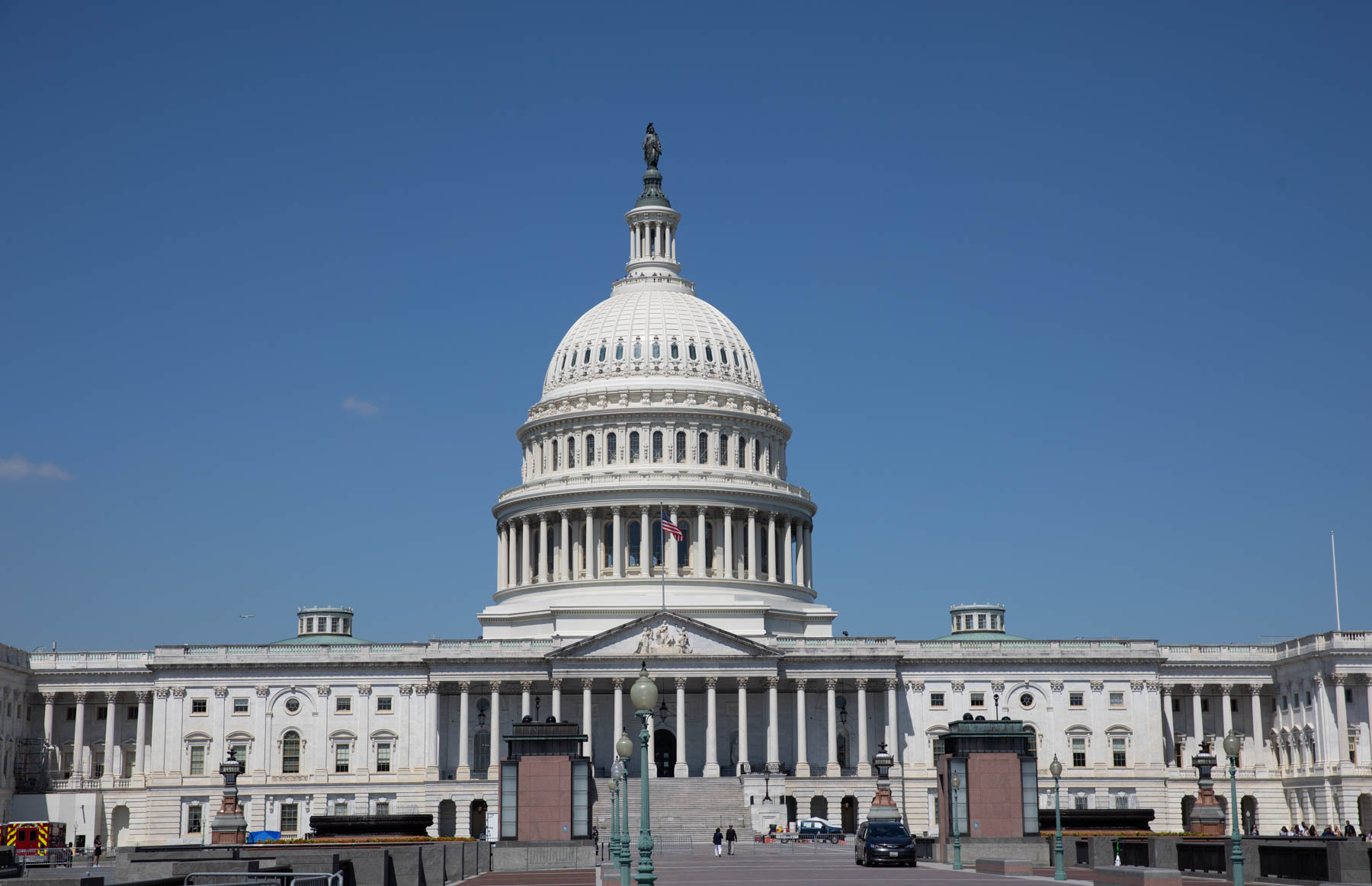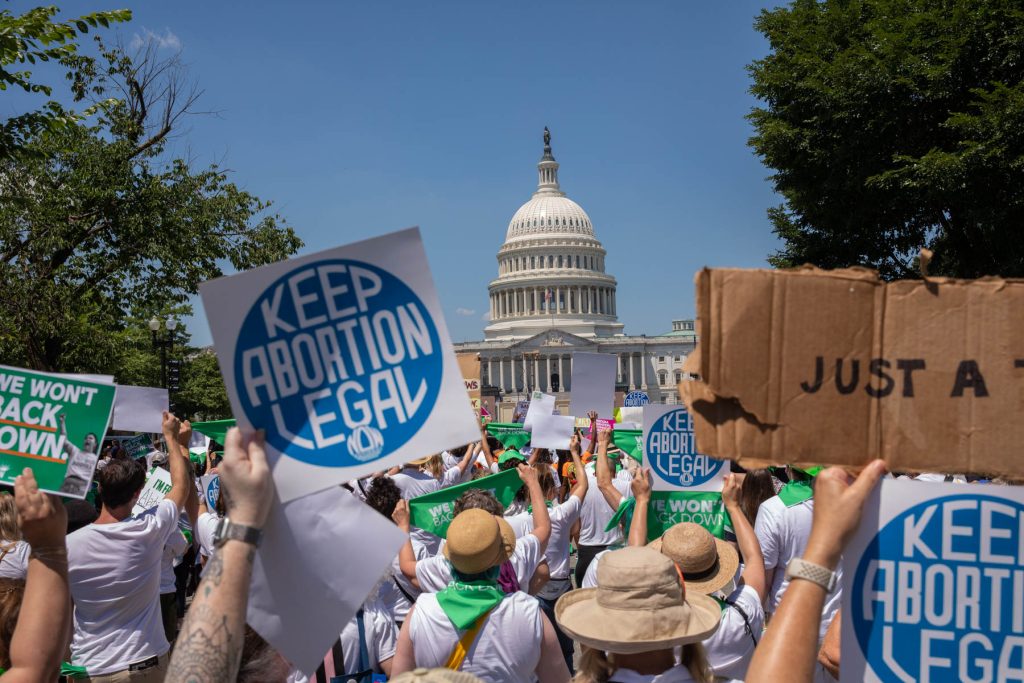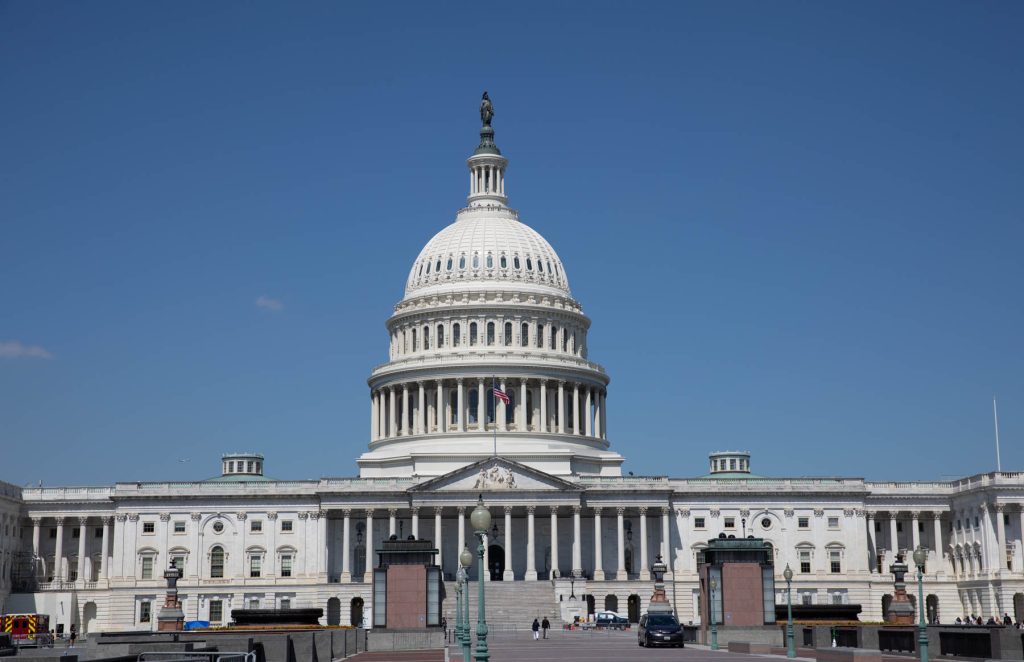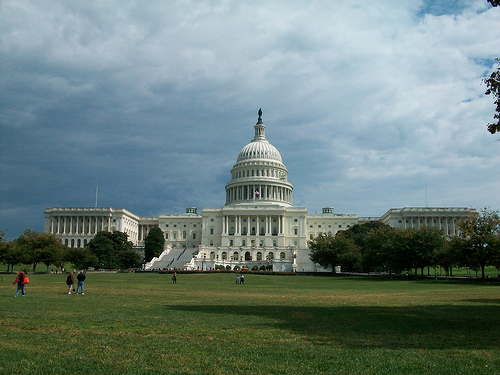The City of Eunice is suing state officials in an effort to maintain its anti-abortion ordinance despite a recent state law enacted to end such maneuvers, but the legal argument may not hold water.
But the city’s argument relies on a 150-year-old law that the U.S. Supreme Court made null and void in 1965, University of New Mexico Law Professor Joshua Kastenberg told NM Political Report.
This law is known as the Comstock Act, which prohibited “abortifacients,” drugs used to induce abortions, from being sent through the U.S. Postal Service.
The city of Eunice’s legal filing earlier this week states that when the U.S. Supreme Court decided Roe v. Wade in 1973, it made the Comstock Act of 1873 no longer enforceable. The city’s filing also states that since the court overturned Roe last year, the Comstock Act is now enforceable again.
Kastenberg said that, while he wouldn’t call this a frivolous lawsuit, he also wouldn’t call it a winning one.
He said that the Supreme Court’s 1965 ruling on Griswold v. Connecticut, not Roe v. Wade, is what made the Comstock Act null and void. In the previous decades, courts chipped away at the Comstock Act. In addition, the court has not overturned its Griswold v. Connecticut decision, which ended state bans on contraception between married couples. This means that the Comstock Act is still null and void, Kastenberg said.
Kastenberg said the legal gray area lies in the fact that the court did not explicitly overturn the Comstock Act when it decided Griswold v. Connecticut. The court relied on the Fourth Amendment, which protects people from unreasonable search and seizure, for its reasoning. But, Kastenberg said, there are several important differences at play between 1873 when Congress enacted the Comstock Act and now.
One is that in the 1800s, the abortion medication women received through the mail were sometimes “junk,” Kastenberg said.
The 1906 Pure Food and Drugs Act created the U.S. Food and Drug Administration, which has the authority to regulate abortion medicines. This law came as a response to abuses in the meatpacking industry.
Kastenberg said the “abortifacients” as they were called at the time, came with considerable risk because the federal government did not regulate medicine prior to the Theodore Roosevelt administration in the early 20th Century.
“It was not until Teddy Roosevelt who said, ‘we need an agency.’ Before that, a guy comes into town on a wagon with bottled up sources of alcohol and says it solves everything from arthritis to heart problems,” Kastenberg said.
Kastenberg said the ways in which people think about laws have also evolved.
For instance, a court indicted birth control activist Margaret Sanger in the early 1900s because she mailed pamphlets informing women about birth control. Kastenberg said that our understanding of the First Amendment right to free speech has expanded since that era and now a person in Sanger’s situation would never be indicted for mailing pamphlets with birth control information because of First Amendment rights.
“What they’re doing with the Comstock Act is reminiscent of an individual going back to ancient law to see if it’s still good. Usually that doesn’t work…It’s rendered void through other things. The Comstock law is one of them,” he said.
What is the Comstock Act?
The history of the Comstock Act begins with its namesake, Anthony Comstock.
“In those days, the U.S. Postal Inspector had to be approved by the U.S. Senate. He was a special agent for the post office, a Victorian-minded, upright man of the time,” Kastenberg said.
Kastenberg said Comstock lobbied Congress to regulate the U.S. mail because of what he saw going through it at the time. Congress complied and passed the act, named for Comstock, in 1873.
But times were very different then, Kastenberg said. He likened it to a state that has never taken an environmental regulation off the statute that allowed arsenic to pass into drinking water.
“Imagine relying on that law 100 years later,” he said.
Kastenberg said that, in addition, what passed as “obscene” in 1873 is not the same as now. He said that some regarded Elvis Presley as “obscene” in the 1950s.
“But very few things in our life today are considered to be obscene,” he said and what consenting adults do in private is “off limits to the law.”
Kastenberg said the change in attitude toward obscenity laws really began after World War II.
He said that, in addition to the morality of Victorian times, the era of Prohibition in the 1930s gave the federal government considerable authority to interfere in the lives of individuals.
But by 1954, that changed, at least in part, due to the Supreme Court becoming the Earl Warren court. Warren was the chief justice of the court from 1954 to 1969. He is credited with expanding civil liberties and the beginning of racial equality through the court’s Brown v. Board of Education decision.
Warren was a Dwight Eisenhower appointee and was considered to be a moderate Republican.
Kastenberg also said the Supreme Court case Lawrence v. Texas, decided in 2003, shows how far we have come from the moral standards of Victorian times. Lawrence v. Texas ended state bans on same-sex couples.
“The world of the Comstock Act of 1873 is the world of President Ulysses S. Grant. What constituted public morals and the states’ ability to intrude in those public morals is fundamentally different from today,” Kastenberg said.























